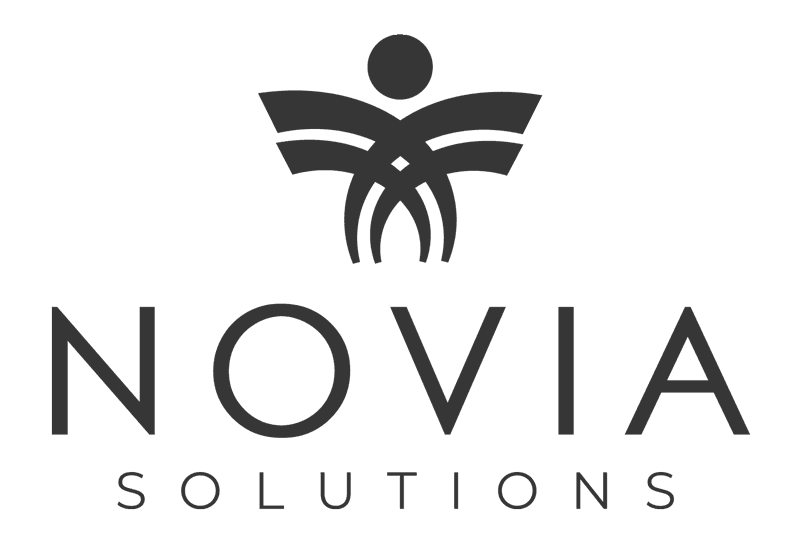How can a profession with amazing potential for human connection fall short and fail to offer compassionate care? And why do nurses too often go in the other direction—and do harm?
Registered Nurse Kathleen Bartholomew dissects the hierarchical culture within the nursing profession and examines why nurses who are devalued and shamed are much more likely to make mistakes and relay critical patient information to a physician.
As a Registered Nurse and Nurse Leader, Kathleen points to the hierarchical culture of healthcare as one of the main contributing factors of nursing hostility and medical errors. According to her TedTalk, “Lessons From Nursing To The World,” Kathleen believes that improving both nurse-nurse and nurse-physician relationships can be lifesaving as it opens the lines of communication. Even more so, one of her priorities to deliver exceptional patient care has caused her to focus on the key impacts of nursing hierarchy. By keeping nurses safe from the effects of negative work environments and bullying, nurses are then better equipped to focus on patients, without having to worry about the negative things that others are saying about them or what not to say in order to avoid anything that might cause fallout down the line. According to “Lessons From Nursing To The World,” hierarchical culture can have the following impacts on nursing:
Impacts
- Dominant versus oppressed groups. Whenever a dominant group has power over an oppressed group, they exert their power downward, toward the oppressed group. The result is that the oppressed group then exerts their power horizontally, or toward others in the same positions as themselves.
- Why is there hostility? What is hostility? What is incivility? It’s the overt and covert behaviors that we use to put people in their place as humans.
- Self-silencing. According to a study of over 5,000 nurses, doctors and administrators, self-silencing is a significant consequence of the healthcare hierarchy. This study asked, “If I could guarantee you in writing that the conversation would go exactly how you wanted, is there someone you would go and have a conversation with to create a healthy work environment?” All but 4 said yes. When asked why they hadn’t tried to talk to them anyway, the answer was fear. Fear of retaliation. Fear of reaction. Fear of making it worse. No time- why bother? Fear of hurting others’ feelings. Fear of isolation. And when asked who was doing those things, all respondents replied that they were doing it to each other.
- So why does self-silencing matter? Because every day in the United States, the equivalent of three 747’s crash and we don’t see that in our culture. Over 1000 people die from preventable medical errors. Researchers have found that people self-silence because they really value their relationships with everyone else.
- In order to keep patients safe, clinicians need to communicate. Communication channels are blocked when there is a hierarchy. Nothing changes until every person realizes that they have value and can speak up when they notice that something is not right. Whether it be the housekeeper to the nursing assistant, both have saved lives on the floor by speaking up when they notice unsafe conditions according to Kathleen.
Additionally, Kathleen explores the strategies she has used to help her staff overcome hierarchical issues in the workplace:
Strategies
- Discovery. The first step is to dismantle the hierarchy on the floor. During a team meeting, Kathleen was able to gain a better understanding of how her staff perceived the floors hierarchy based on position. After all, “what an honor to be present in someone’s life at that most vulnerable point” (K. Bartholomew).
- Create a common goal. Kathleen explains, “we came together with one resolve and it was that we would treat every single solitary patient as if it were a family member. We wouldn’t tolerate any negativity or rudeness because we knew that simply watching any negativity would impair our cognitive ability to deliver care.” In doing so, they were able to dismantle the hierarchy that separated them. After all, what an honor to be with someone at their most vulnerable point.
- Open inter-professional communication channels. Another exercise Kathleen describes using to open the channels of communication between her nurses and physicians was to promote physician-nurse interactions through the simple use of nametags.
- In Kathleen’s example, she used a Christmas party as an opportunity to promote interaction between the nurses on her floor and physicians. She was able to do so by simply asking the nurses to write their names on their name tags and the physicians to write one interesting fact about them. By doing so, the nurses and physicians were able to socialize and get to know each other on a personal level.
- According to Kathleen, the results were noticeable at the hospital the next day. Instead of seeing each other as doctors and nurses, they now saw each other as individuals. By eliminating the hierarchy, Kathleen believes she was able to make the unit safe from negative inter-professional interactions.
To watch “Lessons From Nursing To The World,” click here. If you are interested in learning more about leadership opportunities, visit our website to speak with a recruiter today. Or, follow us on LinkedIn to receive updates about our hot jobs.
1Kathleen Bartholomew, “Lessons From Nursing To The World,” Youtube, Jan 25, 2016, Web, February 11, 2019


